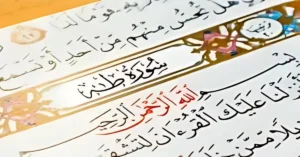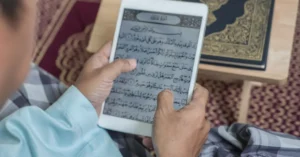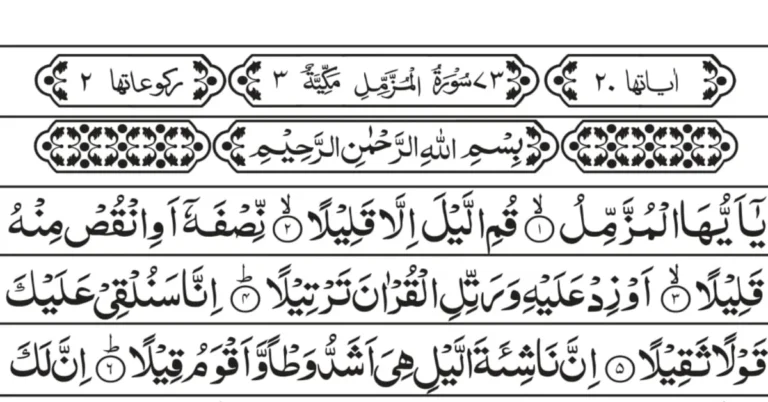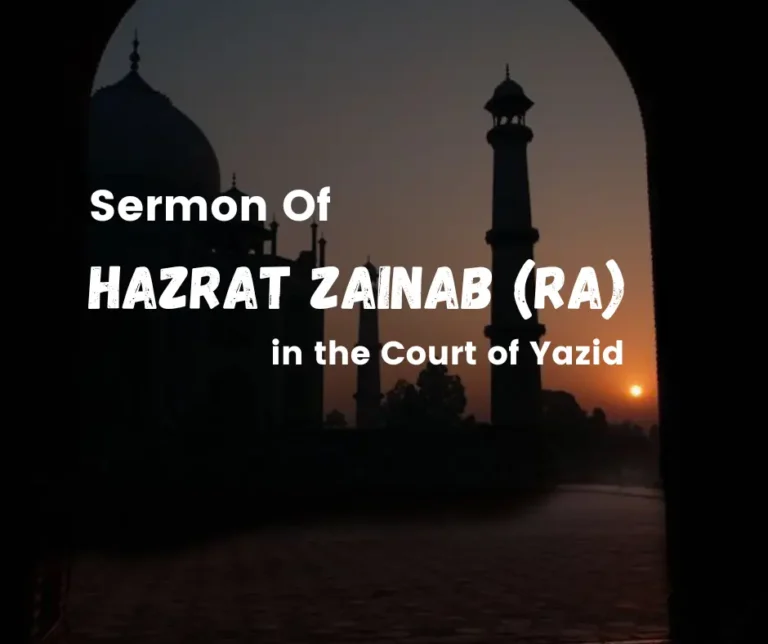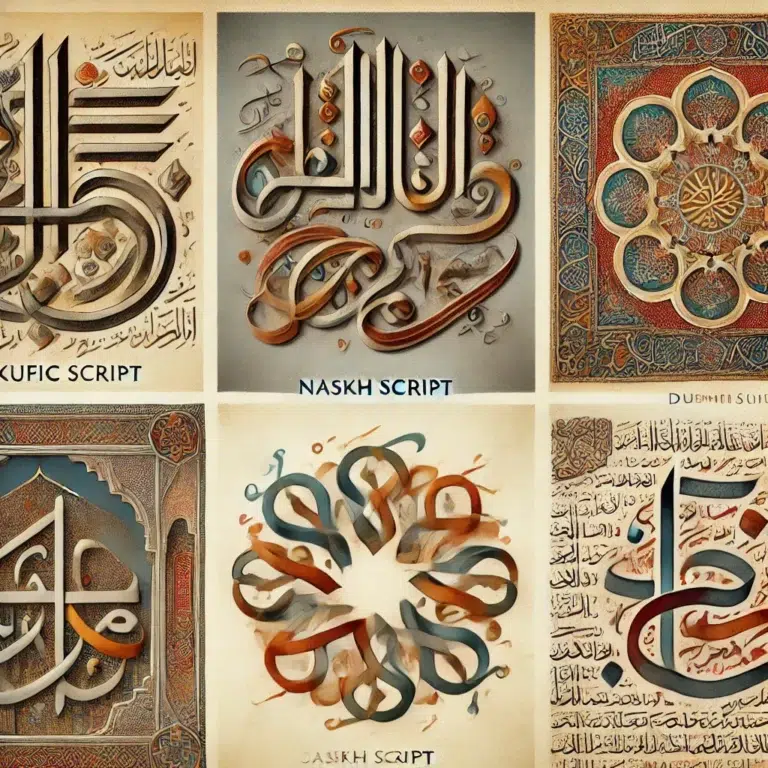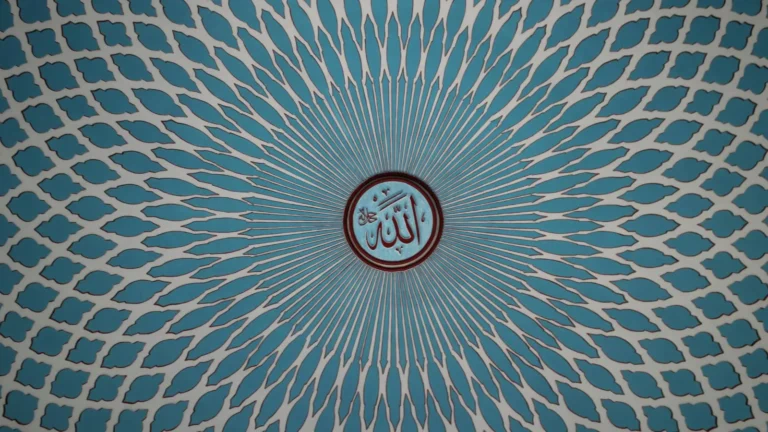Introduction
Hajj, the annual pilgrimage to the holy city of Mecca in Saudi Arabia, is a cornerstone of Islam. It is one of the five pillars of Islam, the essential acts of worship fundamental to our faith and practice as Muslims. This sacred journey involves following the specific steps of Hajj (manasik e hajj), which are a testament to the depth of our faith and the unity of our community. This sacred journey is demanded of every one of us who is physically and financially able.
To learn more about Hajj, click on the link and explore more about it. Hajj is the fifth pillar of Islam.
Manasik-e-Hajj are the rituals and rites we undertake during this pilgrimage. These steps of Hajj are not just actions but are deeply rooted in our rich Islamic tradition and history. They observe the actions of the Prophet Ibrahim (Abraham) (AS) and his family. They are a testament to our religious roots, connecting us to our past and guiding us toward our future.
Narrated by Hazrat Abu Huraira (RA):
The Prophet (p.b.u.h) said, “Whoever performs Hajj for Allah’s pleasure and does not have sexual relations with his wife, and does not do evil or sins then he will return (after Hajj free from all sins) as if he were born anew.”
(Sahih al-Bukhari 1521)
Each step of Hajj is a profound spiritual journey that promotes our personal and spiritual growth. As we undertake this transformative journey, guided by faith, sacrifice, and belief principles, we draw closer to Allah (SWT). The steps of Hajj are not just a series of actions but a brightening of our faith’s path.
For comprehensive information about Hajj, visit the blog post: The Historical Significance of Hajj in Islam: A Spiritual Journey.
Overview of the Steps of Hajj
Before starting our journey to perform Hajj, we must mentally and physically prepare ourselves. The Manasik-e-Hajj activities are five to six days, officially beginning on the 8th of Dhul-Hijjah and ending on the 13th of the same month. Here are the 9 Hajj steps to follow, which will be discussed later in detail:
- Ihram
- Tawaf
- Sa’ee
- Going to Arafat (Day of Arafat)
- Muzdalifah
- Rami al-Jamarat
- Qurbani (Animal Sacrifice)
- Shaving or Cutting Hair
- Final Tawaf (Tawaf al-Ifadah or Tawaf al-Wada)
Step-by-Step Guide to the Steps of Hajj
Sincere intention (Niyyah) is crucial in Islam, forming the foundation of worship and guiding actions. Before arriving in Makkah to begin the Hajj, putting your intention (niyyah) within your heart is essential. The intention must be to perform the Hajj for the sake of Allah (SWT) alone, with a desire for good in the hereafter. Here’s a step-by-step guide for Manasik-e-Hajj to the Hajj pilgrimage.
Ihram
The first step in preparing for the Hajj is entering the Ihram state. Ihram is a form of purity and sanctity that pilgrims must attain before beginning their journey to Mecca. Specific locations called Miqat are designated for entering Ihram.

- Cleanliness: Take the Ghusl ritual and spiritual purity before wearing Ihram clothes.
- Wear Ihram Clothes: Men wear two pieces of unstitched white cloth, whereas women can wear any simple dress covering their whole body except their face and hands.
- Recite Talbiyah: Start reciting Talbiyah continuously until reaching Makkah.
During Ihram, pilgrims must follow specific rules, such as refraining from cutting hair or nails, using perfume or scented products, engaging in sexual activity, or arguing with others.
To learn more about the State of Ihram, visit this blog post: Entering the State of Ihram for Hajj and Umrah.
Tawaf
After entering the state of Ihram, pilgrims move towards Masjid Al Haram in Mecca for Tawaf. Tawaf is circumambulating around the Kaaba seven times in an anti-clockwise direction.
Before starting Tawaf, pilgrims should make their intention to know Allah (SWT) and recite Talbiyah, which is a declaration of faith that as follows:

Steps for Tawaf:
- Start from Hajar e Aswad (Black Stone) corner.
- Recite Takbir and Istighfar before starting Tawaf.
- Touch or kiss Hajar e Aswad if possible; otherwise, point toward it with your right hand.
For further information about Tawaf, visit our blog post: Tawaf in Hajj and Umrah: Significance and Method.
During Tawaf, Muslims focus on the Hajr e Aswad, also known as the Black Stone, located on the eastern corner of the sacred Kaaba. According to Islamic tradition, the Black Stone was brought from heaven by the Angel Jibreel to complete the construction of the Kaaba. Initially white, the stone is believed to have turned black due to the accumulation of humankind’s sins.
For comprehensive information about Hajr e Aswad, visit this blog post: The Hajr e Aswad – A Sacred Relic.
Sa’ee
After completing Tawaf around the Kaaba, pilgrims move towards Safa Hill, where they walk back and forth between Safa and Marwah Hills seven times. This ritual observes Hazrat Hajar’s (AS) search for water when Prophet Ibrahim (AS) left her alone in the desert with her infant son, Hazrat Ismail (RA).
For comprehensive information about Sa’ee, visit this blog post: Sa’ee Between Safa and Marwah: A Pillar of Hajj and Umrah.
Pilgrims reached the top of the Safa Hill and faced the Kaaba’s direction. Recite the Dua at Safa Hill and walk through a marked path towards Marwa Hill. Upon reaching the top of the Marwah Hill, face the direction of the Kaaba and recite the same Dua again. This process is repeated for a total of seven rounds.
Click on the link to learn more about the dua between Safa and Marwah: Essential Duas for Hajj and Umrah: A Spiritual Guide.
Mina
After completing Sa’ee, pilgrims move towards Mina, where pilgrims stay in tents. Mina is a small town located 5 to 6 km from Makkah. Upon arriving at the tent city of Mina, pilgrims are advised to rest there until the following day. While staying in Mina, they should offer Five Daily Prayers, starting with the noon prayer (Zuhr) and ending with the dawn prayer (Fajr).
Today, Mina’s land comprises modern tents with all essential conveniences. Muslims should recite both compulsory and non-compulsory prayers while staying at Mina.
Day of Arafat
On the morning of the second day of Hajj, the 9th Dhul-Hijjah, the pilgrims start walking towards Arafat while reciting Talbiyah loudly. Once they have arrived at the Mount of Arafat, Muslims perform one of the most essential parts of the Hajj rites: Wuquf. This refers to standing before Allah (SWT) until sunset, where they pray, repent, and listen to soul-enriching sermons. Muslim pilgrims observe a combination of Zuhr and Asr prayer with Qasar (shortening) prayer upon reaching the Mount of Arafat.
For more exploration, visit this blog post: The Day of Arafat – A Moment of Mercy for All Muslims.
Muzdalifah
After sunset on the Day of Arafat, pilgrims move towards Muzdalifah. Muzdalifah is of great significance to pilgrims performing the Hajj pilgrimage. It is a location situated between Arafat and Mina, and after sunset on the Day of Arafat, pilgrims move towards Muzdalifah to perform several rites:
- Pilgrims combine Maghrib and Isha prayers in Muzdalifah during the Hajj pilgrimage.
- They gather stones for the ritual of “stoning the devil” in Mina.
- Muzdalifah provides a serene environment for reflection, prayer, and supplication.
- Staying in Muzdalifah promotes unity and brotherhood among pilgrims.
For more exploration, visit this blog post: Muzdalifah – A Night of Reflection and Preparation during Hajj.
Rami al-Jamarat
On the third day of the Hajj, pilgrims return to Mina, where they engage in the ritual of Rami al-Jamarat. This ritual involves stoning three pillars representing Satan’s temptation of Prophet Ibrahim (AS). It takes place on the 10th, 11th, and 12th of Dhu al-Hijjah.
The ritual begins with stoning the first pillar, known as Jamrat al-Aqabah, on the morning of the 10th of Dhu al-Hijjah, shortly after sunrise. Pilgrims gather at the site, and as they approach the pillar, they recite Takbir (saying “Allahu Akbar” – God is the Greatest) with each stone thrown.
Here’s a step-by-step guide to the process: Remember the following instructions for the ritual:
- Pilgrims gather small stones for the ritual in Mazdalifah.
- Approach the most significant pillar in Mina with their intention.
- Throw seven stones at the pillar while reciting Takbir.
- This symbolizes rejecting Satan’s temptations and confirming faith in Allah (SWT).
- Repeat the process for the other two pillars over the next two days.
For further information about Rami, please visit this blog post: Rami al-Jamarat: The Ritual of Stoning the Devil during Hajj.
Qurbani (Animal Sacrifice)
After completing the ritual of Rami al-Jamarat on the 10th of Dhu al-Hijjah, pilgrims participating in the Hajj pilgrimage offer a sacrifice known as Qurbani. This act holds great significance in Islam and honors the willingness of Prophet Ibrahim (Abraham) (AS) to sacrifice his son Isma’il (Ishmael) (AS) as an act of obedience to Allah (SWT). Here’s a breakdown of the Qurbani process:
- Pilgrims choose an animal, like a sheep, goat, cow, or camel, that meets specific criteria for age, health, and quality to be sacrificed.
- The animal is slaughtered according to Islamic principles, with the recitation of Allah Almighty’s name, ensuring humane treatment.
- The meat is divided into three parts: one-third for personal consumption, one-third for relatives and friends, and one-third for those in need.
- Qurbani is both a religious obligation and a charitable act that promotes generosity, kindness, and concern for the less fortunate.
If you want to learn more about how to perform Qurbani according to the Islamic rules, click this link: Qurbani in Hajj: Obligations and Procedures of the Sacrifice.
Shaving or Cutting Hair
After performing the sacred sacrifice, male pilgrims are advised to shave their heads or cut their hair very short. On the other hand, female pilgrims are not allowed to shave their heads but are advised to cut a strand or lock their hair. The act of Halq (complete shaving) and Taqsir (cutting a part of the hair) symbolizes a Muslim’s complete devotion to Allah (SWT) and separation from worldly appearances.
For more information, visit this link: The Significance of Shaving or Cutting Hair During Hajj and Umrah.
Final Tawaf (Tawaf al-Ifadah or Tawaf al-Wada)
The final step of Manasik-e-Hajj involves performing Tawaf Al-Ifadah, similar to Tawaf around the Kaaba but with some variations. Pilgrims must complete this ritual before leaving Mecca.
Unlike the initial circumambulation performed upon arrival in Mecca, Tawaf al-Ifadah can be performed without wearing the Ihram garments. This signifies a release from the state of Ihram. Offer two Rak’at prayers behind Maqam Ibrahim.
For more information, visit this blog post: Tawaf al-Ifadah and Tawaf al-Wada: Concluding the Hajj.
Are you prepared to begin on the spiritual journey of Hajj? Follow our comprehensive step-by-step guide to the Hajj pilgrimage, where you will gain a deeper understanding of the steps of Hajj (manasik e hajj), this sacred and profound experience.
Conclusion
Hajj is a spiritual and physical journey that Muslims undertake. It involves several days of rites and Manasik-e-Hajj at significant locations. It starts with wearing Ihram and ends with Tawaf al-Wada. This pilgrimage guides us through acts of devotion, sacrifice, and reflection. The steps of Hajj, from standing at Arafat to stoning the pillars in Mina, hold deep religious meaning, fostering unity, humility, and purity.
When we perform these rites correctly according to Islamic teachings, they have a transformative impact. Our faith is refreshed, our souls are purified, and our connection with Allah (SWT) is strengthened. This experience brings spiritual renewal, moral elevation, and a restored commitment to living according to Islamic principles. Through Hajj, we return home having fulfilled a religious duty and with a deep spiritual fulfillment and transformation that affects our daily lives.


